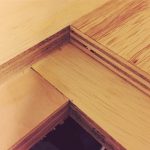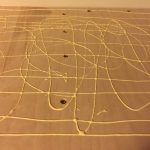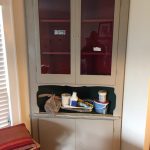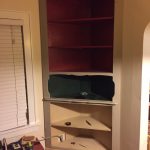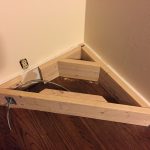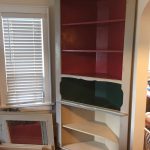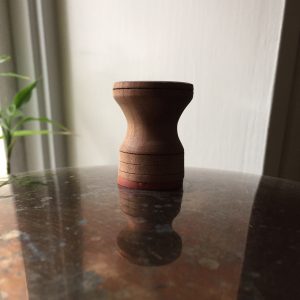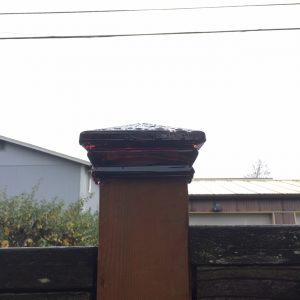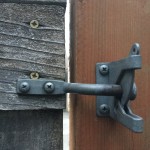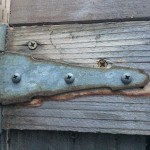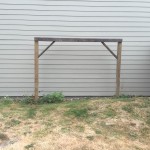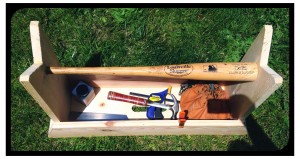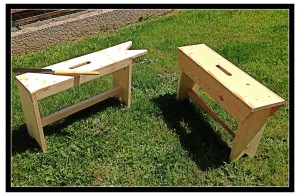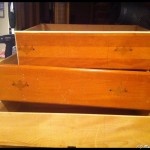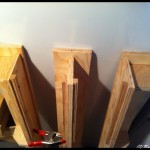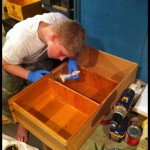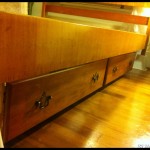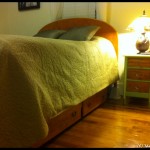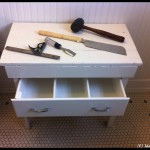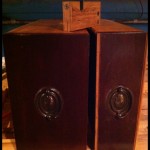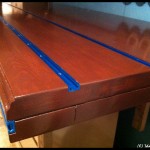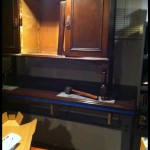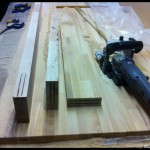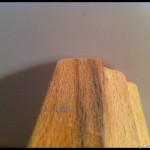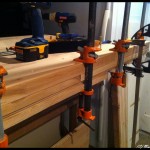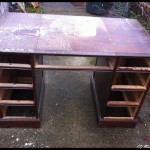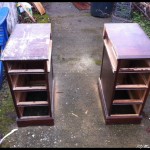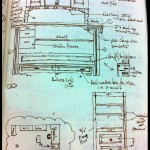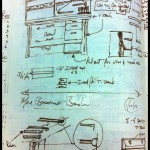I spent last weekend in Portland, Oregon and happened by a custom furniture shop downtown called The Joinery. The workmanship of their wares was terrific and the sales staff was really accommodating. They knew I wasn’t going to buy any of their very nice pieces and yet still explained their ethos and process, details of the builds, and even let me wonder around taking a couple of pictures. If Mid-Century to Japanese Fusion to 21st Century Modern is your thing and you are as allergic to IKEA pressed wood crap furniture as I am, them look them up and see if they have a piece of furniture that you have to have to fill that void in your living-room/soul.
Aside from their furniture, they had a display of pressed hardwood sawdust pucks – making furniture produces some waste and normally this sawdust goes to landfills or in my case, used for mulch and compost roughage. Their display piqued my interest and I started asking questions. The Joinery and like establishments produce exponentially more sawdust than my little shop does, so their way of dealing with it is that they have invested in a sawdust briquette press that makes these hardwood hockey-puck-ish sized briquettes that are burned in pellet stoves, regular wood stoves, or fireplace inserts to provide heat. There is no glue or bonding agent used, just pressure from a hydraulic ram-press keeps the pucks together. The shop goes a little beyond expectation though and GIVES THEM AWAY FOR FREE to the public at their other sales location and workshop (48th and Woodstock in Portland). I can’t even tell you how happy it makes me to see a company do this. The shear fact that this is part of their business model makes me want to buy a small occasional table or some such item just to support what they are doing.
I am so turned on by this that I am looking into a small briquette press for my shop. The ROI time for the model that meets the size/cost requiremnet for me (a UK made press, a couple of Chinese machines, and one Canadian model) would be like 2 years for my limited use, but it would be worth it to me as there is only so much mulch that I and my neighbors can use. I would like to use the briquettes for some house heat and to heat the shop and green house in the winter, giving away what I didn’t use. Stay tuned for updates in my hunt and go by The Joinery’s website of shop and support them if you can.

